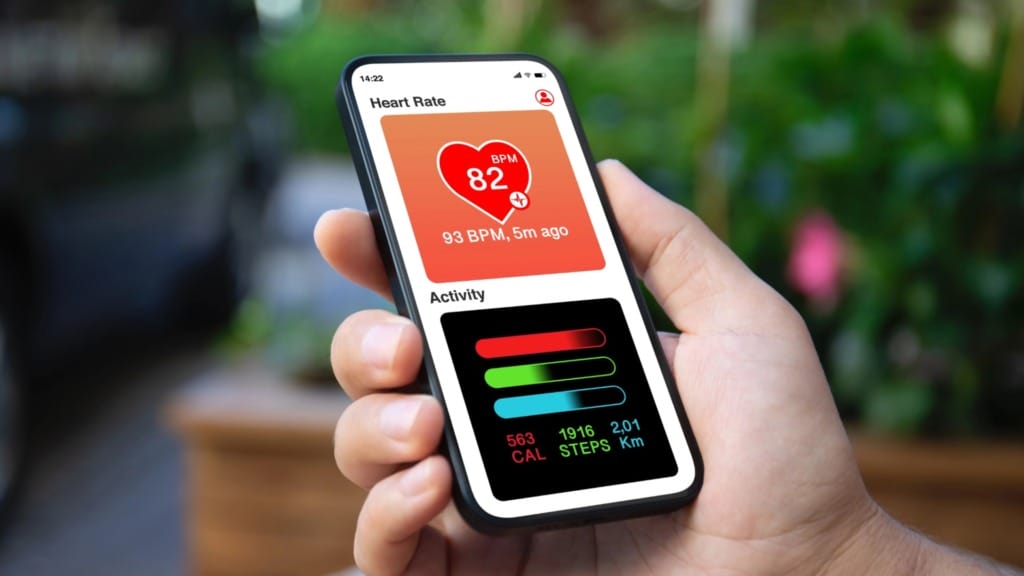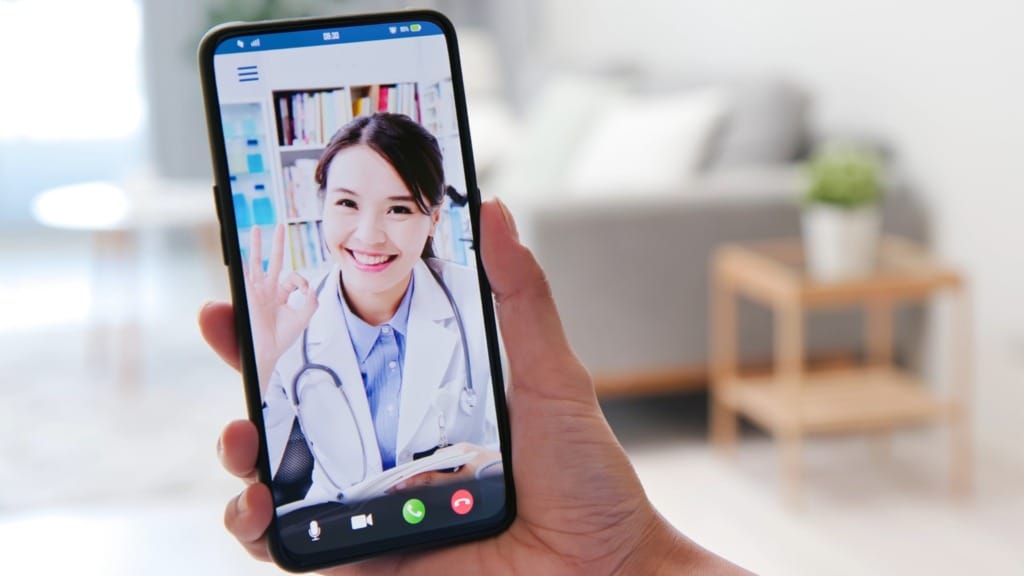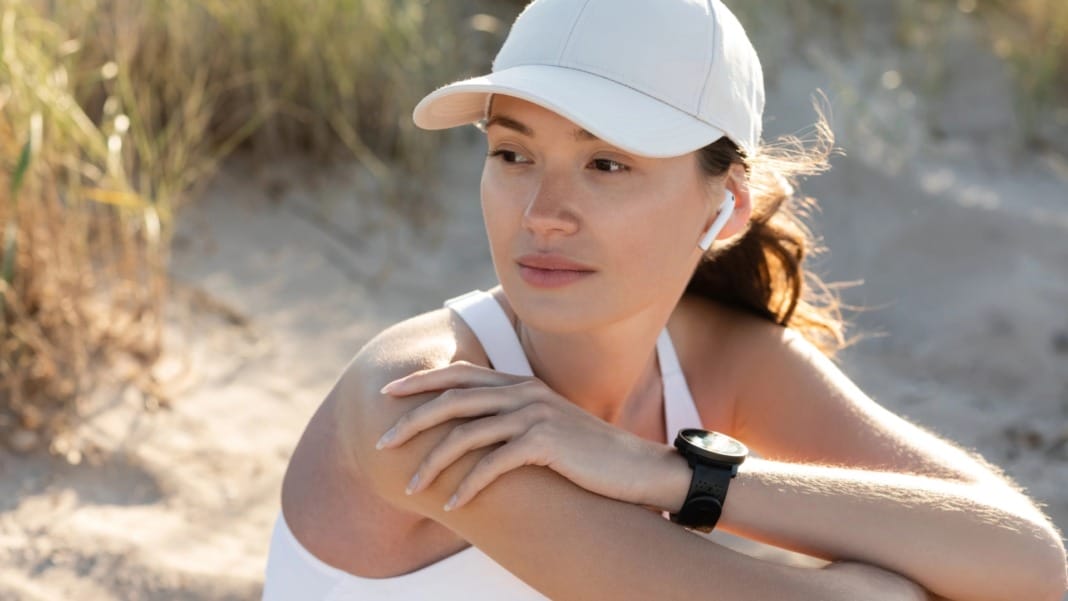In the past, wireless earbuds were seen primarily as audio accessories. Today, they are quickly evolving into multifunctional health companions. This shift is largely driven by advances in miniaturised sensors, AI, and edge computing—allowing devices worn in the ear to monitor everything from heart rate and stress levels to posture and ambient awareness.
According to a recent academic survey published on arXiv, the term “earables” now refers to a class of smart devices capable of much more than just delivering sound. The global wearable sensor market is projected to reach approximately US$2.5 billion by 2025, growing at a compound annual growth rate (CAGR) of over 20% through 2034. Therefore, the transformation of earbuds into intelligent personal assistants is becoming a standard in the industry.
This shift is creating opportunities across health, productivity, accessibility, and localisation, particularly in Southeast Asia, where demographic and infrastructural factors make the region a fertile testing ground.
New applications beyond audio playback
The most exciting development in wearable technology is its expanding range of use cases, extending beyond entertainment. Thanks to inbuilt accelerometers, gyroscopes, temperature sensors, and even electroencephalography (EEG) capabilities, earables are now being deployed for health and lifestyle monitoring.
Stress detection is one notable area of innovation. Companies like MindMics and Valencell are exploring ways to monitor stress via ear canal blood flow or micro-vibrations linked to physiological changes. When combined with AI-driven pattern recognition, such features could help users take preventive action during high-stress periods.

Real-time translation is also emerging as a practical tool. Google’s Pixel Buds and Timekettle’s M3 Translator Earbuds aim to facilitate multilingual conversations without requiring a phone. This has particular potential in Southeast Asia, where diverse linguistic environments often create barriers to communication.
Another area gaining traction is audio‑based navigation. For example, the WaveOut mobile app by Vienna-based startup Dreamwaves utilises spatial, 3D audio to guide users, including cyclists and people with visual impairments, along routes without requiring them to look at a screen. It places virtual waypoints and ambient cues in the soundscape, so “users can follow virtual sound as intuitively as they would follow real sound”. This method creates real‑time awareness of surroundings, something smartphones alone cannot provide.
Balancing functionality and user privacy
While the promise of earables is compelling, it comes with serious privacy considerations. As these devices often feature always-on microphones and sensors, questions are mounting around consent, surveillance, and data ownership.
Constant listening capabilities, especially when combined with AI-powered assistants, mean that data is being collected more frequently and in greater detail. Even anonymised biometric data, such as heart rate or voice tone, can reveal patterns about a user’s mood, habits, or even mental health status. Without strong regulatory frameworks, there’s a risk that advertisers, insurers, or third-party platforms could exploit this data.
Experts have warned that existing policies around wearables often lag behind innovation. A recent article by Digital Health News highlights that privacy is a growing concern as wearable devices—including earables—collect increasing amounts of sensitive health and environmental data. A 2025 study published in npj Digital Medicine also found that 76% of major wearable manufacturers lacked transparency in how they handle user data, with 65% falling short in vulnerability disclosures. As these devices become more embedded into daily life, manufacturers will need to build trust by designing robust data safeguards, offering clear opt-in choices, and ensuring compliance with regional data privacy laws such as Singapore’s PDPA or Indonesia’s PDP Law.

Manufacturers that prioritise on-device processing, where sensitive data is analysed without leaving the device, are better positioned to mitigate these risks. Apple’s approach to handling health data locally on AirPods Pro sets an example. However, not all brands have the resources to implement such measures securely.
Opportunities in Southeast Asia’s ageing and multilingual markets
Southeast Asia presents a unique opportunity for earables, especially in addressing challenges related to ageing populations, language diversity, and healthcare access. Countries like Singapore and Thailand face a growing elderly population that often requires support for cognitive, auditory, and mobility issues.
In this context, earables can double as hearing aids, fall detectors, and even early warning systems for neurological decline. For instance, researchers at Aarhus University, in collaboration with Rigshospitalet and T&W Engineering, have developed an in‑ear EEG prototype designed to detect early signs of Alzheimer’s and Parkinson’s by monitoring sleep patterns and brain activity in everyday environments. These discreet tools reduce stigma and increase adoption among older users.
Language accessibility is another promising avenue. Southeast Asia is home to over 1,000 languages and dialects, and real-time translation via earables could greatly enhance inclusivity in public services, tourism, and education. In multilingual hubs such as Kuala Lumpur or Jakarta, smart earbuds with translation capabilities could assist not only foreign travellers but also migrant workers, many of whom face language barriers when accessing essential services.
Moreover, Southeast Asia’s high mobile penetration rate means earables can tap into an existing digital ecosystem. With a large portion of the population already using smartphones for health apps and communication, adding an earable layer could bridge remaining gaps in accessibility and engagement.
Hardware design, accessibility and battery trade-offs
Despite rapid innovation, several practical hurdles remain. Battery life is one of the most pressing constraints. As more sensors and processors are added, energy consumption rises—yet consumers still expect all-day battery performance in compact devices.
Manufacturers are experimenting with energy-efficient chipsets, improved Bluetooth protocols, and even harvesting body heat or movement to extend runtime. But these solutions are still in early stages and may not yet support the level of real-time data processing required for more complex use cases.
Comfort and fit are equally critical. In-ear sensors must maintain consistent skin contact for accurate readings, but users often prioritise lightweight, non-intrusive designs. Custom-moulded devices offer better reliability but are cost-prohibitive for mass-market adoption. As a result, companies are exploring adaptive materials and modular designs that combine comfort with functionality.
Affordability is another concern in Southeast Asia, where price sensitivity is high in many markets. While premium products from Apple, Samsung, or Bose dominate the global market, regional players like Realme, OPPO, and Huawei are experimenting with low-cost alternatives that could bring health-tracking earables to the mass market.
The ecosystem needed to realise the full potential
For earables to succeed as health companions, they must operate within a broader ecosystem that includes apps, platforms, and healthcare providers. Integration with mobile operating systems, health apps, and third-party services will be key to unlocking meaningful insights from the data earables collect.

Startups in the region are beginning to explore how ear-based sensors could support continuous health tracking. For instance, researchers at the Singapore Management University have developed an in-ear microphone system capable of detecting different breathing patterns, suggesting potential applications in respiratory monitoring. This form factor opens the door to future earables that combine audio functionality with passive health tracking. Meanwhile, regional telehealth platforms like Doctor Anywhere or Halodoc could utilise wearable data to personalise treatment plans or flag anomalies in real-time.
Public health agencies can also benefit. Aggregated, anonymised data from earables could help governments detect trends in stress, sleep, or environmental noise exposure across urban areas. However, this will require close coordination between private companies, regulators, and civic groups to ensure transparency and ethical use.
Ultimately, the evolution of earables into health and lifestyle tools marks a pivotal shift in wearable technology. With Southeast Asia’s growing demand for accessible health solutions, linguistic tools, and ageing support systems, earables are well-positioned to move from an optional accessory to an indispensable aid.





